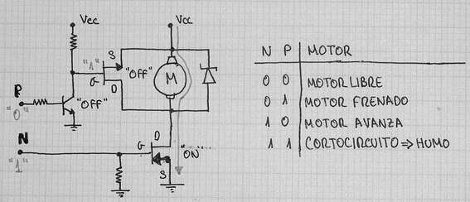

Halloween is the time of year where you can dress up as a pirate, muppet, or superhero and no one will bat an eye. During this holiday of expanded social permissiveness, [Nbitwonder] decided that building an Arc Reactor from Iron Man would be appreciated by his engineering cohort.
The ‘body’ of the reactor was manufactured on the RepRap Mendel we covered from beginning to end. A few minutes with Google Sketchup was all that was needed to generate the files and send them to the printer. In a few short hours, [Nbitwonder] had the body of his Arc Reactor.
The board design was thrown together in Eagle and etched. 11 blue SMD LEDs were thrown into the mix along with some borrowed resistors. Pieces of a hard drive spindle and a little bit of wire rounded out the parts list, and everything was assembled with the DIYers favorite tool, the hot glue gun. Not a bad job for a few hours of work.
The files for the Arc Reactor are up on Thingiverse along with a Flickr photoset.






















